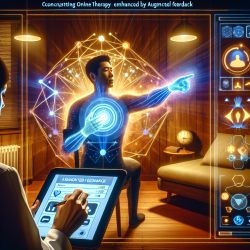Introduction
Conduct Disorder (CD) in youths is a complex and multifaceted condition that has puzzled practitioners for years. A recent study titled Neuropsychological Subgroups of Emotion Processing in Youths With Conduct Disorder sheds light on this enigmatic disorder by exploring the neuropsychological diversity in emotion processing among youths with CD. This research provides valuable insights that can help practitioners tailor interventions more effectively.
Understanding Emotion Processing in CD
The study conducted a comprehensive analysis of 542 children and adolescents with CD, comparing them to 710 typically developing controls. It focused on three key domains of emotion processing: emotion recognition, emotion learning, and emotion regulation. The findings revealed that while youths with CD as a group performed worse in all three domains compared to controls, a significant portion of these youths did not exhibit any meaningful deficits in emotion processing.
Key Findings
- Approximately 23% of youths with CD showed deficits in emotion recognition.
- 18% exhibited deficits in emotion regulation.
- 13% had deficits in emotion learning.
- Critically, about 56% of youths with CD did not demonstrate any significant deficits in these domains.
Implications for Practitioners
These findings suggest that CD is a highly heterogeneous condition, and not all youths with CD will benefit from interventions targeting emotion processing deficits. Practitioners should consider the individual neuropsychological profiles of their clients when designing treatment plans. For instance, interventions focusing on improving emotion recognition may be more beneficial for those with identified deficits in this area.
Encouraging Further Research
The study also highlights the need for further research to explore other neurocognitive domains that may contribute to CD, such as executive function and social cognition. By expanding the scope of research, we can develop a more comprehensive understanding of CD and improve therapeutic outcomes for affected youths.
Conclusion
The research on emotion processing in youths with CD provides a valuable framework for practitioners seeking to enhance their therapeutic approaches. By leveraging these insights, practitioners can create more personalized and effective interventions, ultimately leading to better outcomes for children with CD.
To read the original research paper, please follow this link: Neuropsychological Subgroups of Emotion Processing in Youths With Conduct Disorder.










